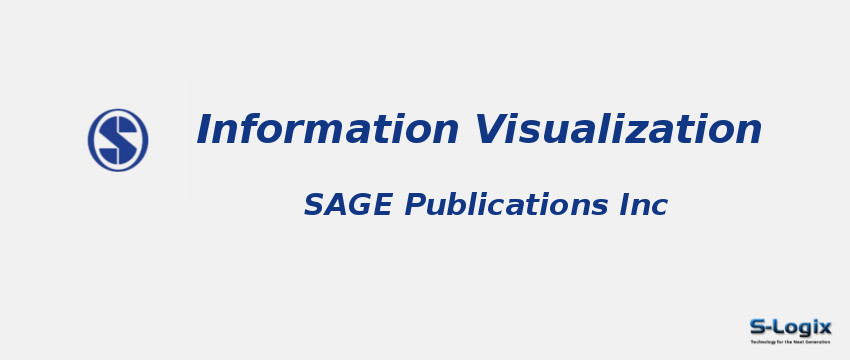Journal Home: Journal Homepage
Editor-in-Chief: Chaomei Chen
Print ISSN: 1473-8716
Electronic ISSN:
Abstracting and Indexing: Science Citation Index Expanded, Scopus.
Imapct Factor 2024: 2.0
Subject Area and Category: Computer Sciences
Publication Frequency: Quarterly
H Index: 55
Q1:
Q2:
Q3: Computer Vision and Pattern Recognition
Q4:
Cite Score: 3.7
SNIP: 0.998
Journal Rank(SJR): 0.305
Latest Articles: Latest Articles in Information Visualization
Guidelines for Authors: Information Visualization Author Guidelines
Paper Submissions: Paper Submissions in Information Visualization
Publisher: SAGE
Country: United States
